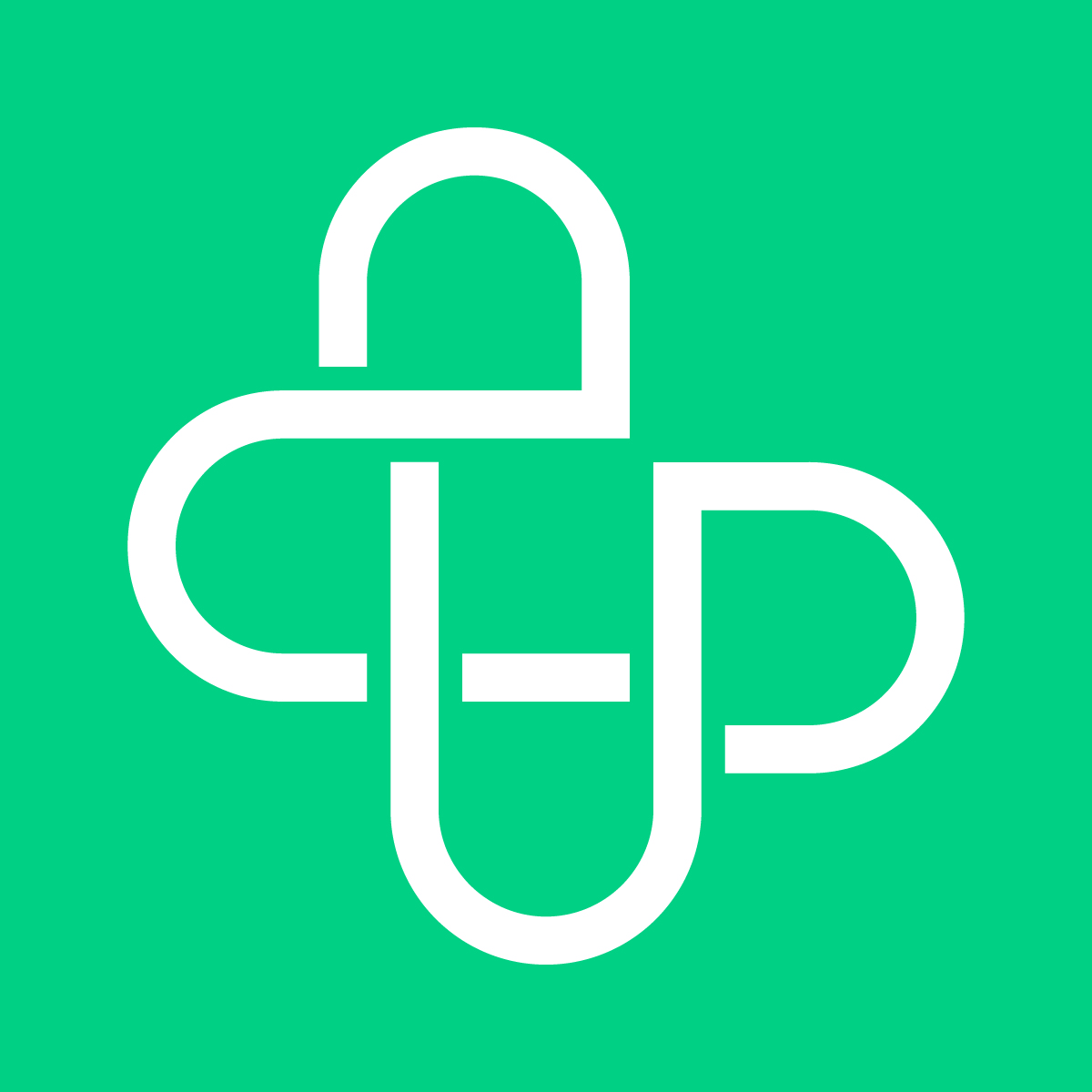Hospitals and health systems have a difficult time constructing their social media strategy. The balance between managing the conversation and creating a healthy, engaging community is tricky at best and can cause chaos at worst.
In a previous blog post, Upfront looked at how patients use social media to choose a hospital and how they use the platforms to make their decision, based on Upfront’s market research data. These insights are critical to get a better perception of these audiences, but also improve the social media strategies in place at hospitals and health systems.
Here are 3 social media strategies that can turn perspectives healthcare consumers into current hospital patients.
1. Post on Social Media Regularly with a Consistent Tone.
Providers having a presence on social media is a necessity now. It’s telling that Upfront market research found that 30.1% of patients who have gotten care from a hospital in the last 3 years used social media before choosing their provider.
The easiest way for providers to address the statistic is to stay active on social media (on every platform the provider is on) and consistent in tone. Nothing is more embarrassing than visiting the social media channels for a brand and the look is all over the place. For instance, seeing that the last piece of content was posted over a year ago and nothing on the page looks polished from the header image that’s cropped wrong to copy that doesn’t fit the professional tone of the brand.
That being said, providers shouldn’t post the exact same thing on every channel. One important factor when creating content for social platforms is to differentiate it based on what does well on that specific platform. For instance, using trending songs or sounds on TikTok videos, creating engaging polls and threads on Twitter and posting stories in real time or going live on Instagram. But other than how the content is presented, a regular posting frequency is necessary so that healthcare consumers know that the provider is on top of their patient acquisition and engagement game.
2. Use a Variety of Social Media Platforms.
When roughly 70% of Americans use social media, it makes no sense to stick with just one platform, especially as a hospital or health system trying to attract new patients. And according to Upfront market research, the top three social platforms to use when choosing a hospital are Facebook (78.3%), YouTube (63.2%) and Twitter (55.2%), but TikTok (35.7%) is gaining traction.
Not every hospital and health system needs to be on all of these platforms, but as noted in the last section, some healthcare consumers may expect providers to be on a few at least. There are big benefits of being on multiple platforms, including the ability to be in front of a variety of prospective patients. From the older generations on Facebook to the younger generations on Instagram, it’s an easy way to get people of varying ages and, of course, psychographics. It also allows providers to vary up the content they share (which we will get into shortly).
But if a provider is going to decide to be on any social channel, there needs to be intention put into the content plan, execution of that plan and how the channels are managed. Well thought-out plans for each platform result in better engagement, which would likely convince potential patients that the provider is the real deal.
3. Cultivate Audiences Through Content and Interaction.
When Upfront asked how healthcare consumers use social to choose a hospitals, the responses varied, but were eye-opening.
- Visited the hospital’s social media page(s) – 49.8%
- Read people’s comments posted about the hospital – 48%
- Read ratings & reviews – 46.6%
- Discussed hospital options with others in the social media community – 35.4%
- Posted questions or comments on the social media platform – 35.4%
Considering nearly half of respondents chose the top three responses, there are a fair amount of potential patients that do a little bit of investigating before choosing a provider. Patients want to get a feel for how good the system is, and to those looking at social, the provider’s presence and the feedback they receive on social media gives healthcare consumers a good idea of that. Healthcare consumers can see through fluff, especially if providers aren’t actively responding to comments, questions and feedback (good and bad) and engaging with their audiences.
Hospitals and health systems need to put more thought into the audiences they are trying to develop because healthcare consumers use different platforms for different types of content and experiences. That means not sharing the same post in the same format on two or three different platforms; and the once a week post or the once a day check-in on the social accounts may not cut it.
The best option? A team dedicated to social and digital engagement with a strategy that aligns with the hospital or health system’s goals. The days of having an intern run social media are (and we cannot emphasize this enough) long gone. Audiences crave accounts they can count on, which consistently post, are quick and thoughtful to respond and deliver helpful and insightful content. Social media is the face of businesses and brands today, including hospitals and health systems. Providers that put their best foot forward on social media will win over many patients every time.
Looking for more ways to personalize marketing to healthcare consumers? Watch our webinar, Personalize Marketing and Patient Engagement Like World Leading Retailers.



